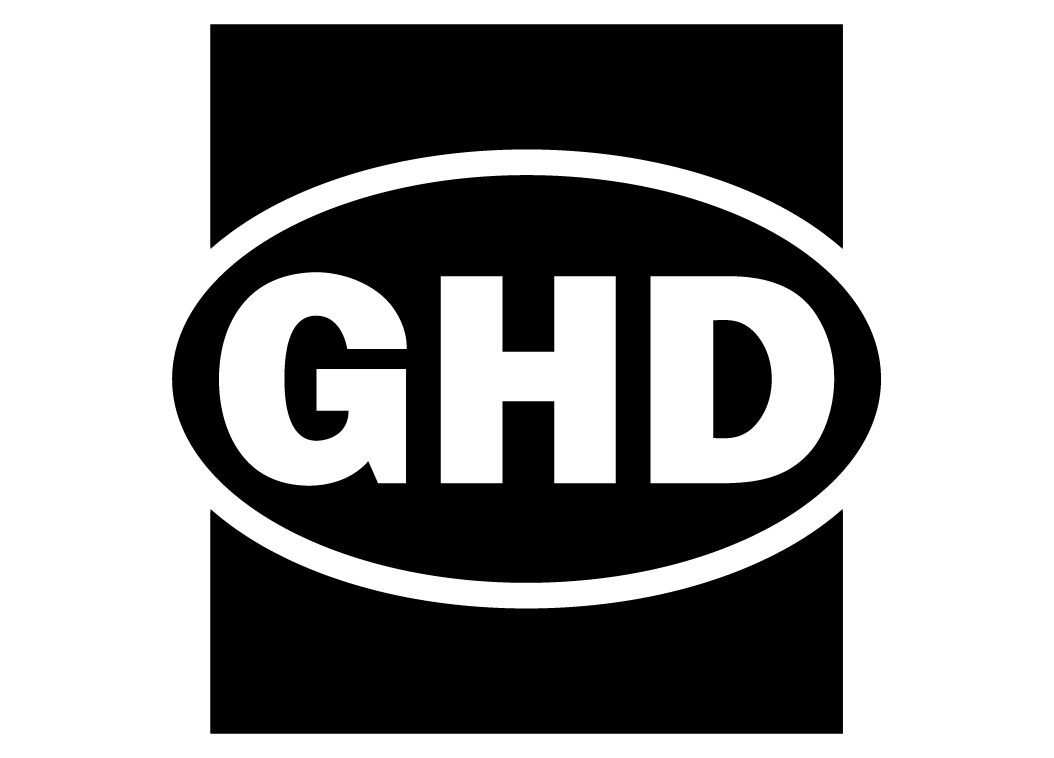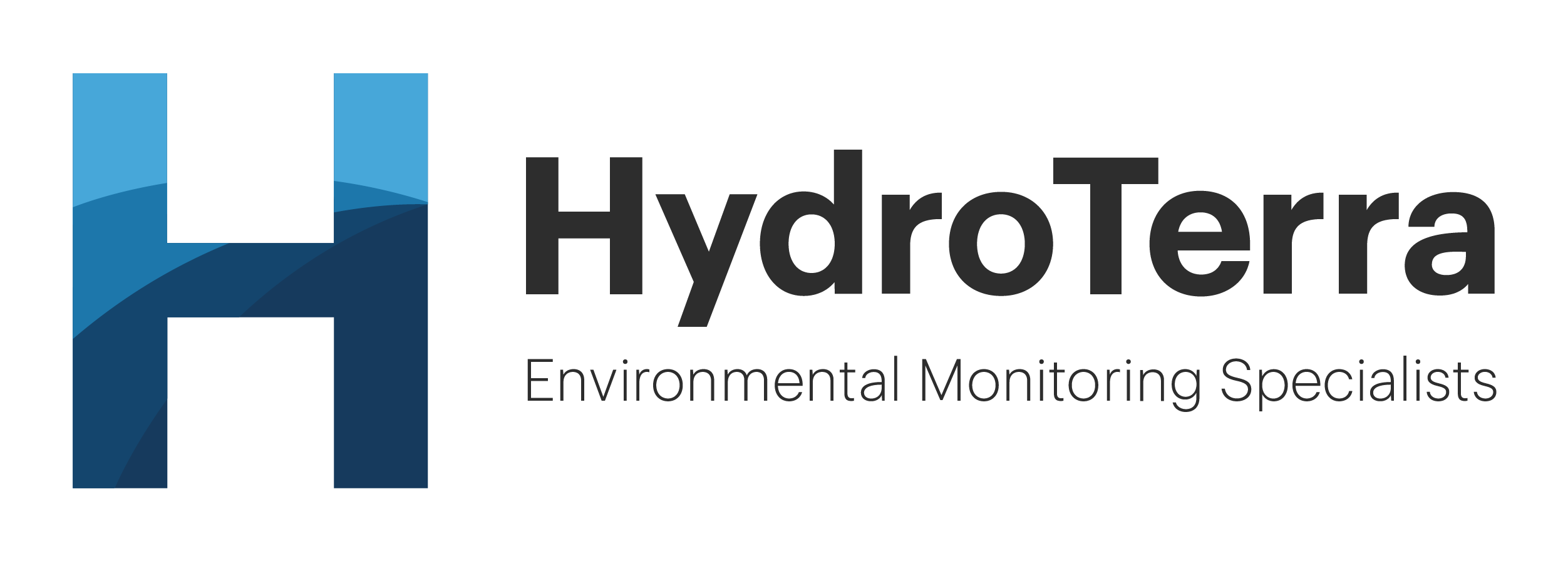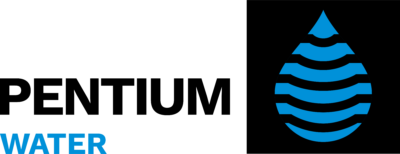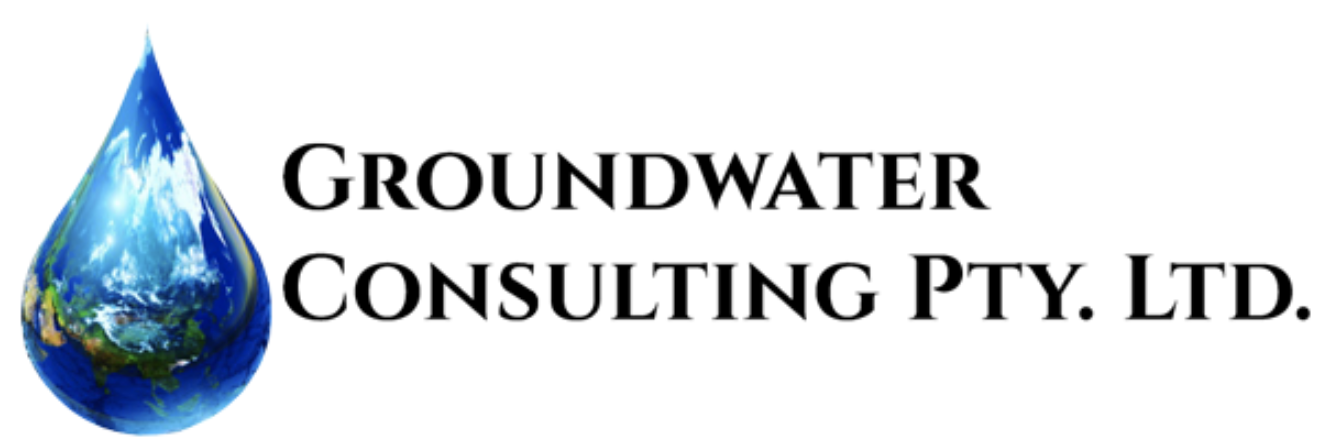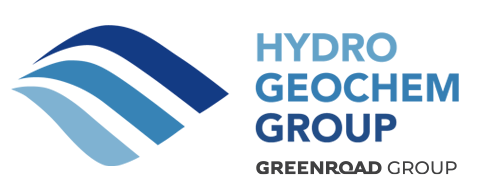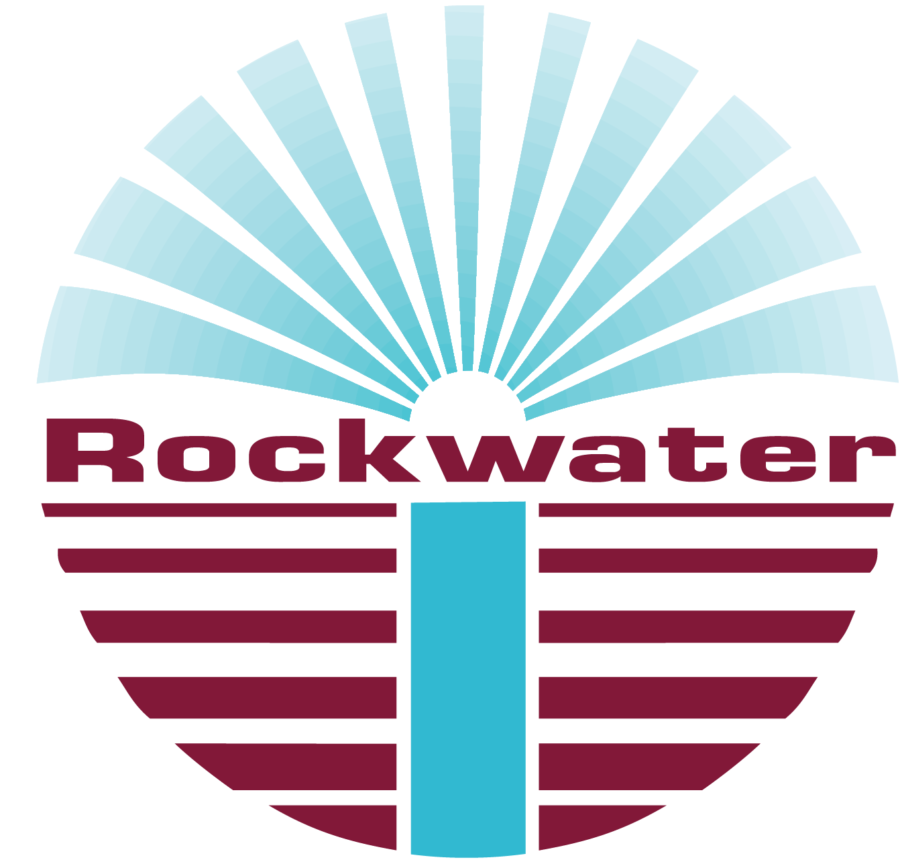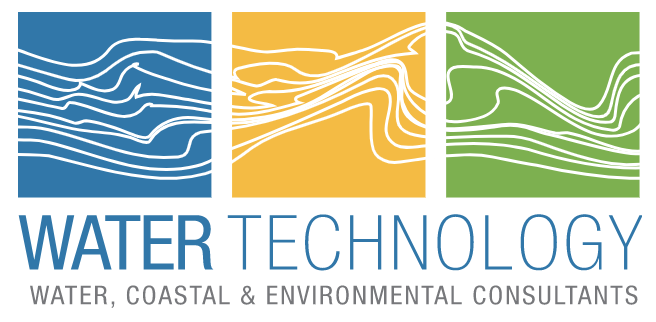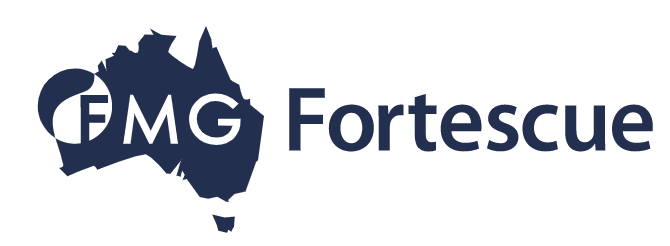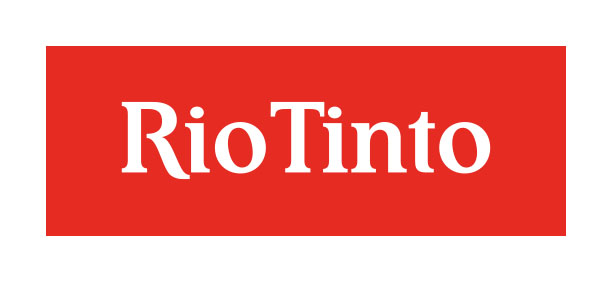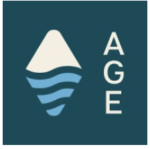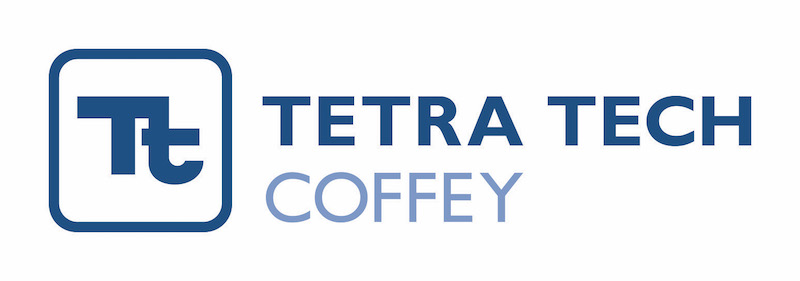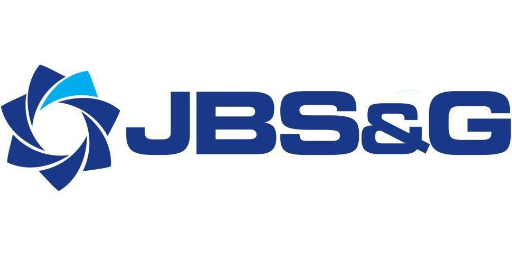IAH South Australia presents Mike Hatch on Loupe Electro Magnetics (EM) and Nick Jervis-Bardy on wireline Nuclear Magnetic Resonance (NMR)
WEBINAR ONLINE ONLY
Speakers: Mike Hatch (University of Adelaide)
Abstract: The Loupe EM system is a relatively new method collecting shallow electromagnetic data. It is backpack portable so can get to hard-to-reach spots, measuring from within a meter or two of the ground surface to about 40 m depth. The method has been trialled since 2021 on the River Murray floodplain with colleagues at Flinders University and the University of Adelaide. The aim is to investigate changes to the shallow aquifer following both controlled and uncontrolled flooding events, including the potential expansion and contraction of the low salinity groundwater lenses. Multiple surveys have been conducted at Pike and Katarapko floodplains, which have regulators that allow for planned environmental watering.
Biography: Mike completed a PhD at the University of Adelaide in 2012 in geosciences, specialising in near-surface geophysics. Much of his research has been applied to using electromagnetically-based geophysical methods to image the salinity distribution in the near-river environment, mostly on and adjacent to the Murray River in South Australia. He has worked for almost 30 years collecting electrical and electromagnetic data, much of it for the mineral exploration industry. At present he spends much of his time as a contract researcher at the University of Adelaide and does some consulting on the side. He is also trying to learn how to play golf too late in life.
Nick Jervis-Bardy (Orica Digital Solutions)
Abstract: Wireline geophysics has been used for decades in the groundwater industry to inform decisions around well installation and as valuable inputs into hydrogeological models. Traditional wireline measures of porosity and permeability suffer from requirements of additional prior knowledge of the formation and often include the use of radioactive sources. Nuclear Magnetic Resonance (NMR), having been used in the oil and gas industry for more than twenty years, is unique in that it offers a radiation-free, lithologically independent, measure of porosity and additionally delivers an understanding of pore size distribution and estimates of permeability. NMR offers a safer, more accurate, and more useful metric for downhole hydrogeological modelling than traditional measures.
Biography: Nick has 9 years of experience working as a geophysicist in mining and exploration. This includes three years at Heathgate Resources where he specialised in Borehole Magnetic Resonance logging, processing, QAQC, and database management. He provided geophysical and technical support to wireline logging, geology, hydrogeology, resource analysis, and production planning departments. Nick is currently working as Senior Geophysicist for Orica Digital Solutions focusing on data processing, interpretation, and field support for WIREBmrTM deployments around the world.



